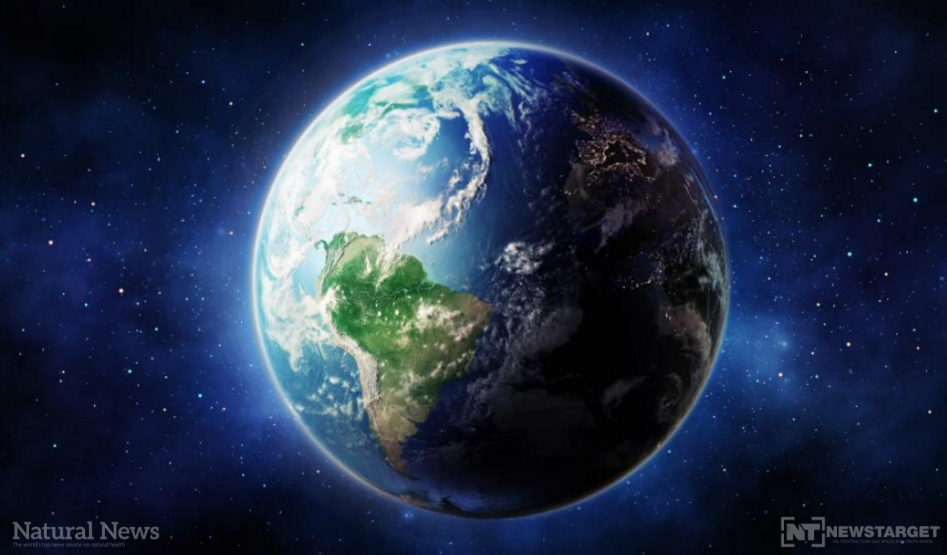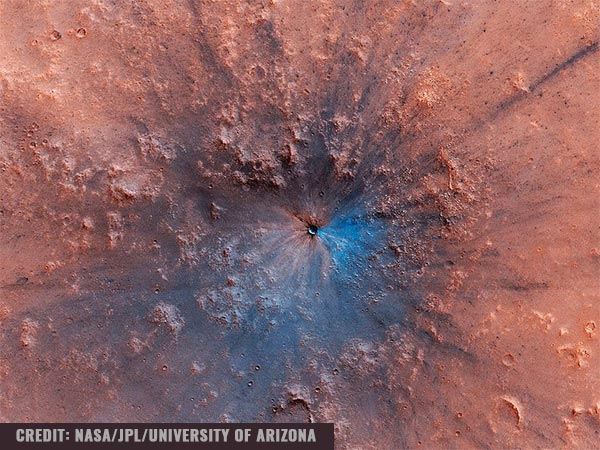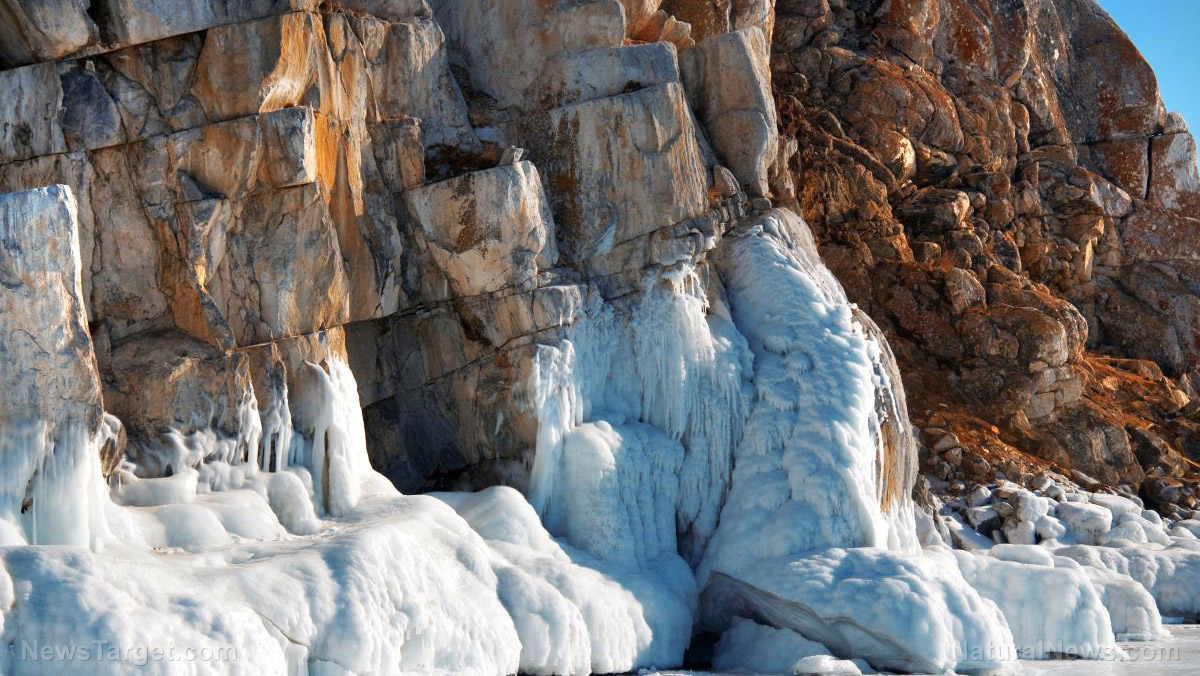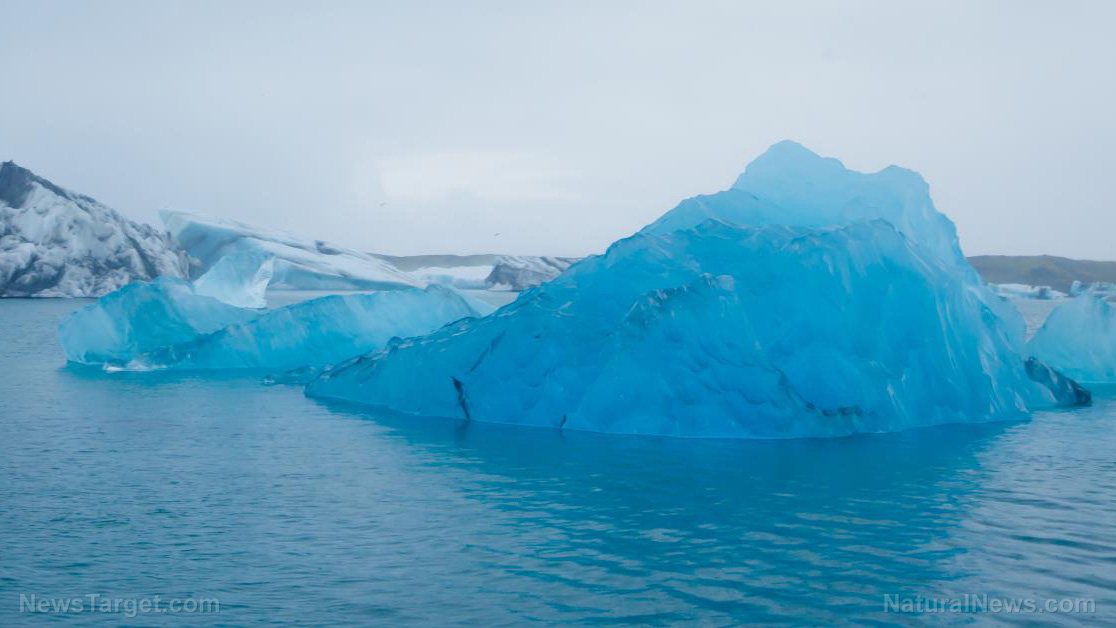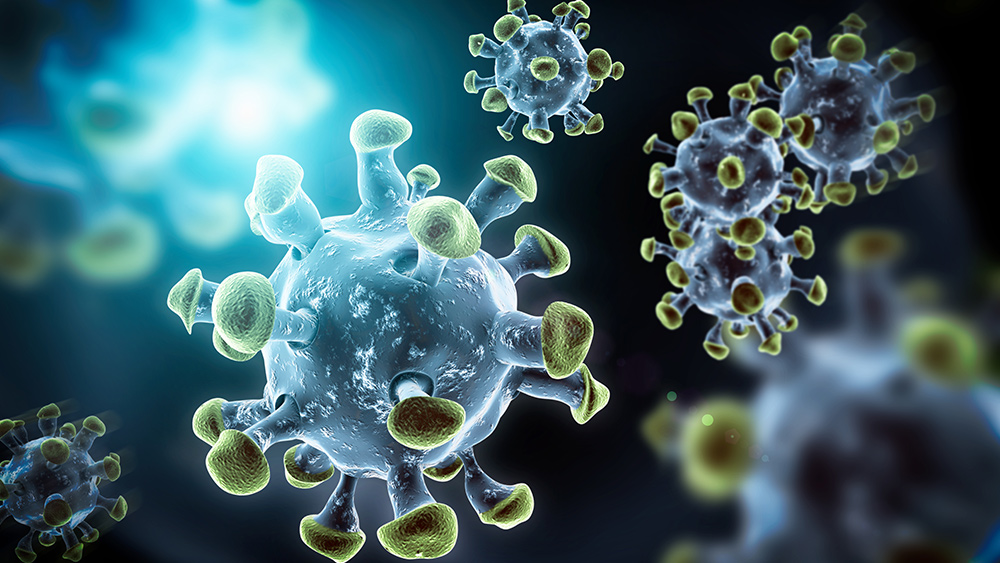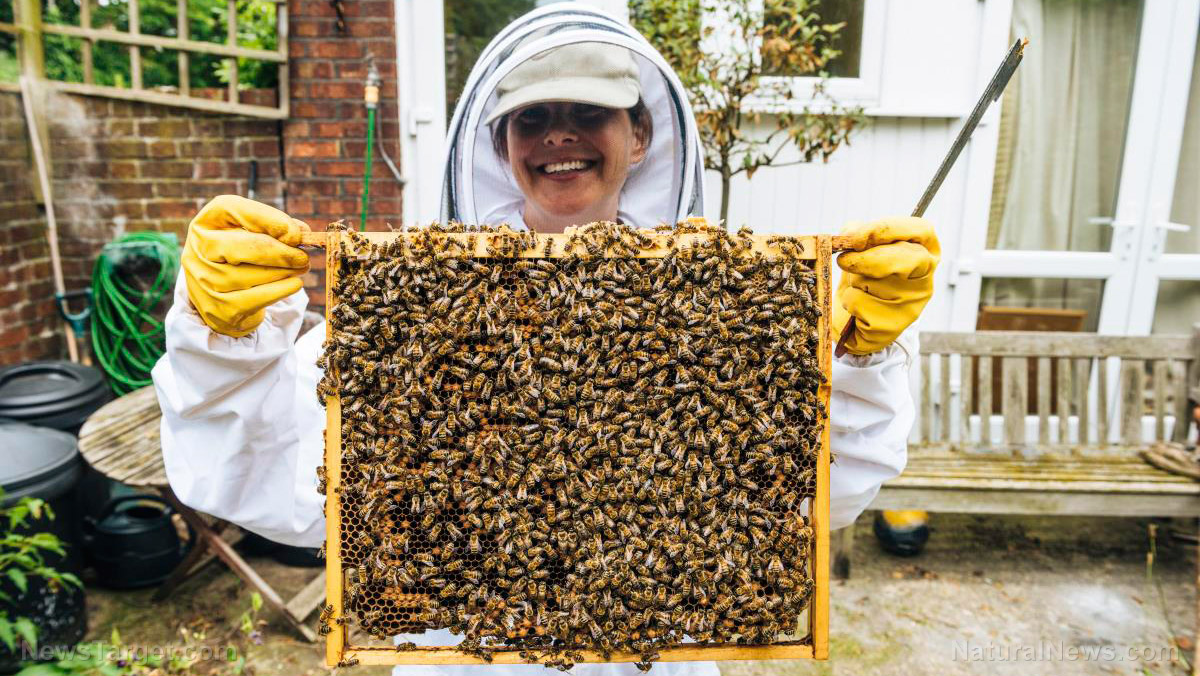Researchers discovered a new ocean current feeding one of the largest waterfalls in the world
08/01/2020 / By Virgilio Marin
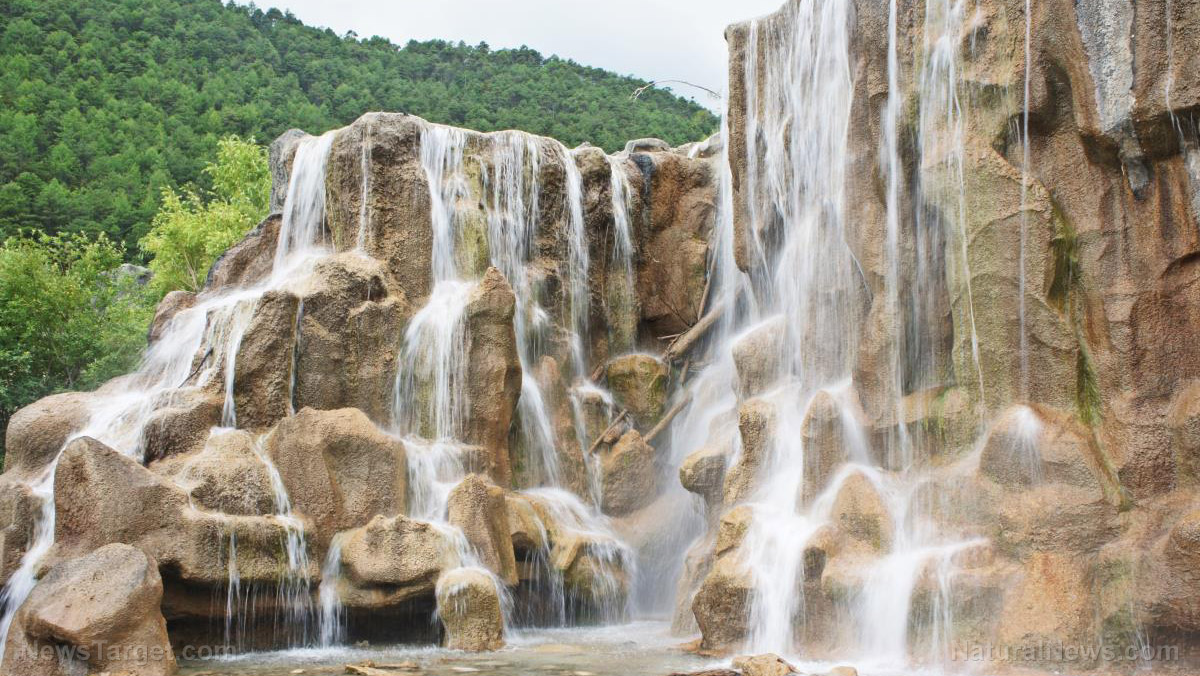
A study published in the journal Nature Communications found that a little-known ocean current is feeding water into the North Atlantic Ocean’s Faroe Bank Channel Overflow – one of the largest “waterfalls” in the world.
This discovery by an international team of researchers sheds new light on the ocean circulations in the Nordic seas, where dense overflow waters play an important part in the Atlantic Meridional Overturning Circulation or AMOC. This large system of ocean currents acts like a conveyor belt for warm and cold waters, which affects the climate. It is responsible for bringing warm and salty Atlantic waters to higher latitudes, where they cool, sink and return as dense overflow waters, which play out like undersea waterfalls.
The Faroe Bank Channel Overflow is one of the two key arteries of these overflow waters along with the Denmark Strait – both transporting deep, cold waters from the Nordic Seas to the North Atlantic Ocean.
The findings of the study, however, show a different model of the pathway and the ocean currents that feed the Faroe Bank Channel Overflow.
“The two discoveries reported here, in one of the best-studied areas of the world ocean, is a stark reminder that we still have much to learn about the Nordic Seas,” added co-author Thomas Rossby of the University of Rhode Island.
New model for ocean overflows in the Faroe Bank Channel
Previous models show that the cold waters flow from the northern slope of the Faroes and turn west directly into the Faroe-Shetland Channel – the passage the water goes through before reaching the Faroe Bank Channel.
But recent research has suggested that waters may also be coming from the Norwegian slope, which is further east of the Nordic Seas. One study, in particular, went so far as to suggest that the main source of the Faroe Bank Channel Overflow is the one along the Norwegian slope.
For their study, the researchers examined the existence, origin and possible mechanisms behind the eastern overflow path using a combination of current measurements and an eddy-resolving ocean model.
Results show that there is another path into the Faroe-Shetland Channel, along the Norwegian slope as the recent studies suggested. The waters take a longer path all the way to the continental margin outside Norway before turning south heading toward this major waterfall. The ocean current along this path is largely due to prevailing wind conditions, said the researchers.
However, this is not to say that the more direct path along the north-west slope of the Faroes is non-existent and irrelevant. The team wrote that both pathways contribute to the overflows.
“Our results reveal that overflow waters can also approach the [Faroe-Shetland Channel] via an indirect path along the eastern margin, indicating that the western approach (short or direct path into the FSC) is not exclusive,” wrote the researchers.
Furthermore, they found that much of the water feeding the Faroe Bank Channel does not come from the western boundary of the Faroe-Shetland Channel. Instead, it travels along the eastern boundary of the Faroe-Shetland Channel where it is transported by a jet-like and deep-reaching ocean current. (Related: Scientists explore Atlantis Massif in the Atlantic Ocean to find out how creatures survive on alien water worlds.)
The scientists are pleased about their findings, as the Denmark Strait has a similar flow structure. Moreover, the newly discovered flow path and ocean current are very influential to the ocean circulation at higher latitudes, so their discovery adds to experts’ limited understanding of the overturning circulation in the Atlantic Ocean.
First author Léon Chafik added, “This discovery would not have been possible without many institutional efforts over the years.”
ClimateScienceNews.com has more on the recent developments in environmental research.
Sources include:
Tagged Under: atlantic ocean, breakthrough, Climate, discovery, Earth wonders, environment, Nordic Seas, North Atlantic, Ocean, ocean currents, ocean exploration, water channels, waterfalls

